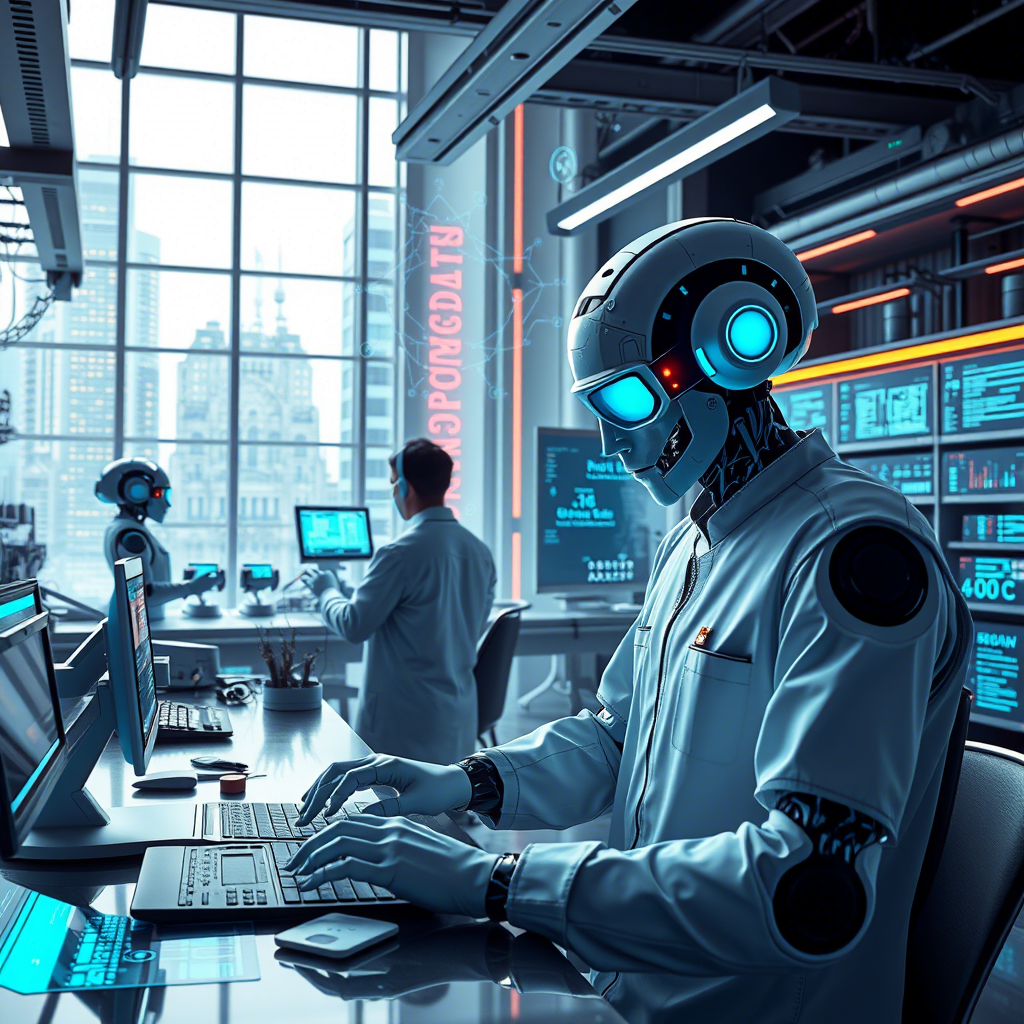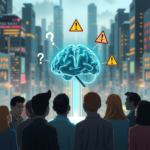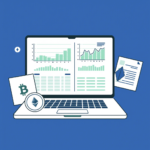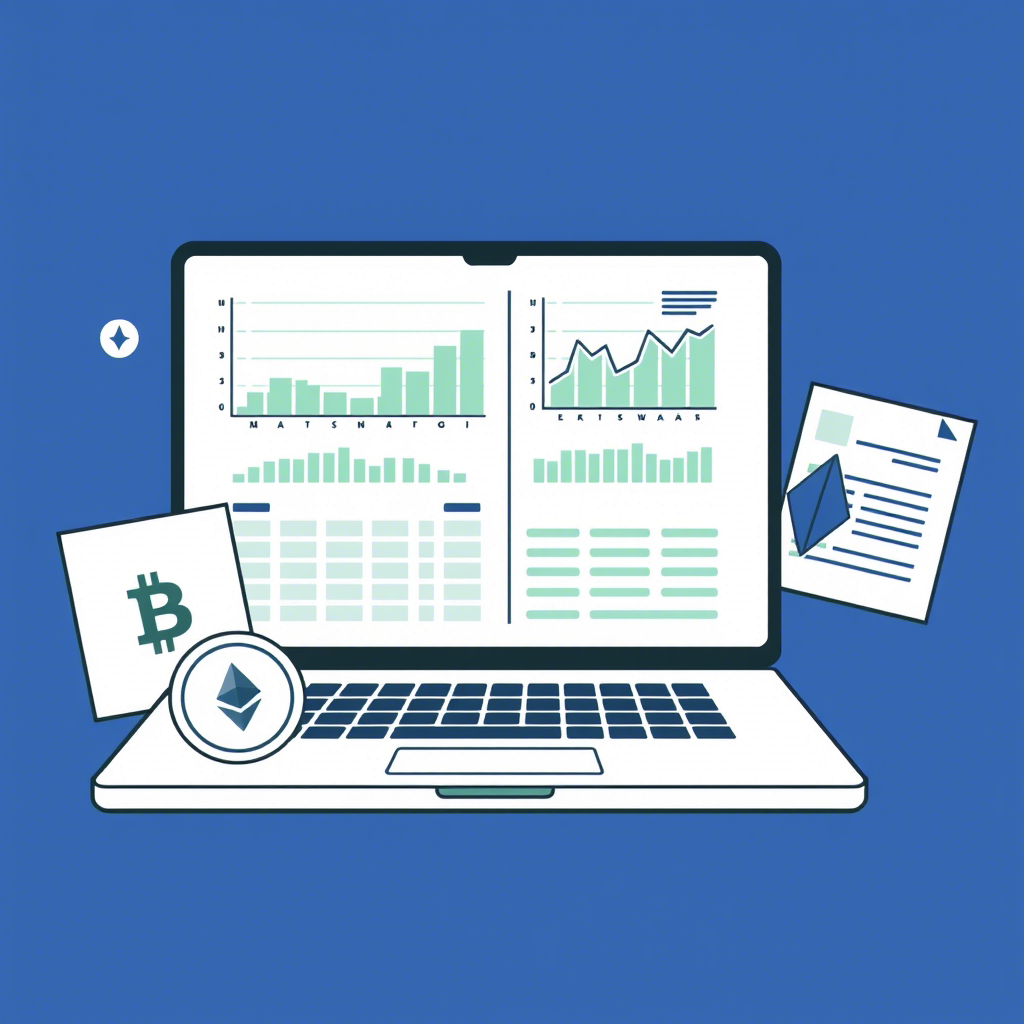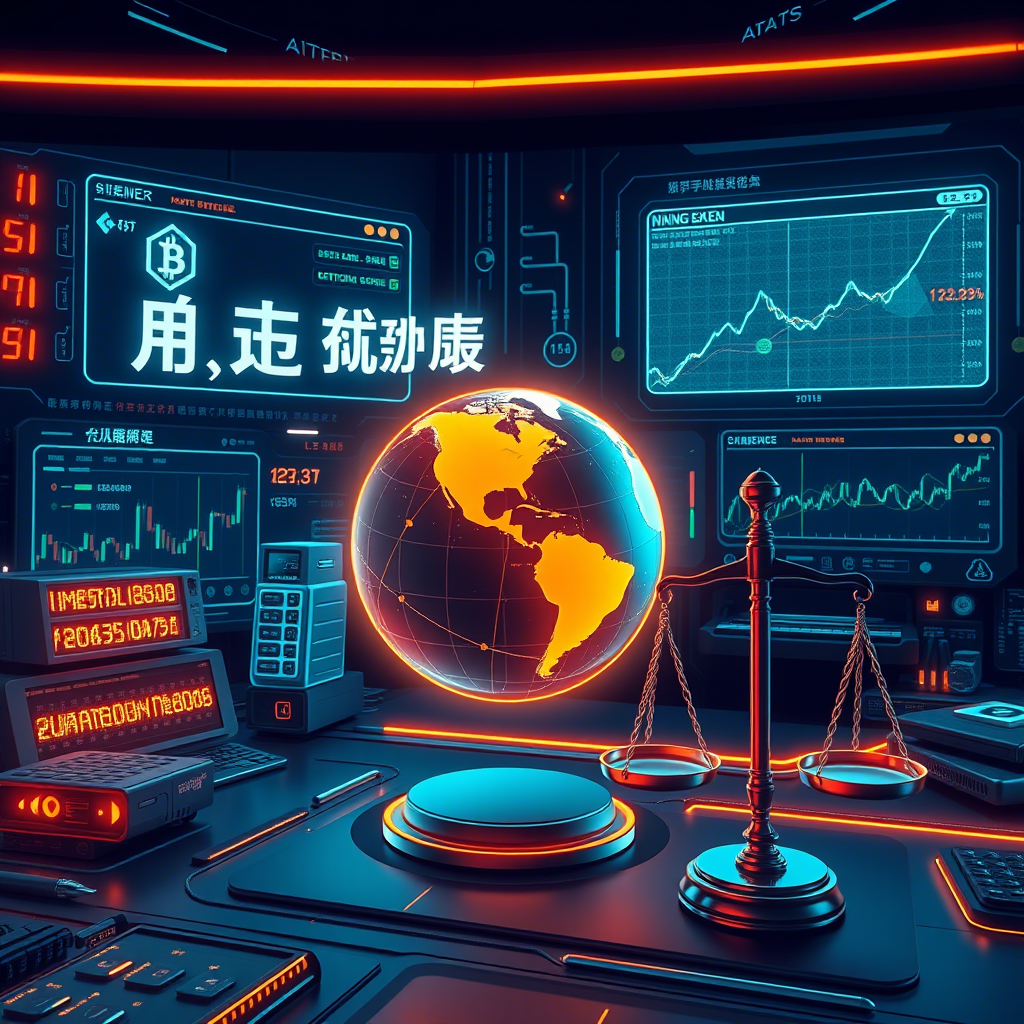Learn about emerging trends, breakthrough technologies, and how AI might shape industries, society, and our daily lives in the coming years. Whether you’re an industry professional, a curious learner, or a policymaker, understanding these trends is essential for navigating an increasingly AI-driven world.

